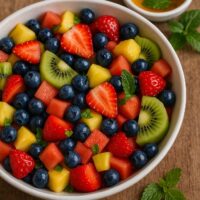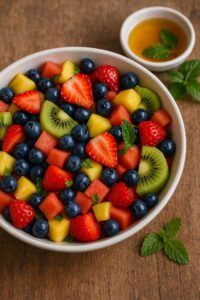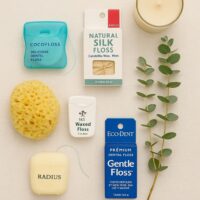Savor the Solstice and Welcome Summer
On June 20 at 10:42 p.m. EST, the sun will reach its highest point in the sky, ushering in the official start of summer in the Northern Hemisphere. The summer solstice marks the longest stretch of daylight all year—an invitation from nature to step outside, soak in the warmth and celebrate light, life, and new beginnings.
From joyful traditions to simple seasonal rituals, there are countless ways to mark the first day of summer. Whether you’re looking to connect with nature, gather with friends, or start your own solstice tradition, here are some fun and meaningful ideas to welcome the light.
🌿 Reflective & Solo Rituals
Perfect for those who want to honor the solstice in a quiet or personal way.
☀️ Rise with the Sun
Begin the day with a sunrise walk, meditation, or simply a few moments of stillness to welcome the light. 
🧘♀️ Sun Salutations
Do a few rounds of yoga sun salutations to connect breath, movement, and sunlight.
📖 Write a Summer Manifesto
Set playful intentions for the season. Think: “Read more fiction,” “Swim in three different lakes,” or “Try something that scares me a little.”
📷 Capture the Light
Take a golden-hour photo walk. Notice how light plays with shadows, colors, and textures as a way of practicing presence.
🌻 Plant Something
Whether it’s a flower, herb, or vegetable, planting something symbolizes growth and connection with the season.
🔥 Social & Seasonal Gatherings
Great if you’re celebrating with friends or family.
🔥 Host a Bonfire or Firepit Night
Gather around a fire and reflect, tell stories, or toast marshmallows. Fire represents the strength of the sun.
🧺 Sunset Picnic
Pack seasonal foods (like watermelon, cucumber salad, or grilled veggie wraps) and dine outdoors as the sun sets.
🎶 Make a Summer Playlist
Curate a joyful mix of music to play during your gathering—or turn it into a dance party under the stars.
🌽 Enjoy Seasonal Foods
Make your meal a celebration of what’s fresh: cherries, berries, tomatoes, herbs, corn, and more. Add a festive fruit salad or solstice-inspired mocktail. For a Summer Solstice Fruit Salad recipe, click here. 
🌞 Creative & Nature-Based Activities
Fun for all ages and especially great for families or solo adventurers looking for something unique.
🌿 Make a Flower Crown or Nature Mandala
Gather petals, herbs, and leaves to create a wearable crown or a design on the ground—a celebration of beauty and impermanence.
🌞 Create a “Sun Jar”
Decorate a jar filled with fairy lights or a tealight to represent carrying summer’s light with you into the evening.
🔭 Stargazing After Sunset
Once the sun sets, stay outside and take in the stars. The night sky feels even more magical after such a long day of light.
Whether you welcome summer with sunrise stillness, a garden picnic, or a bonfire among friends, the solstice is a reminder to slow down and enjoy what this season has to offer. May it be a season of growth, joy, and simple pleasures.
Here’s to longer days, warmer nights, and the small rituals that make them unforgettable.
Much love,
Health Coach Carol
“Summer is the annual permission slip to be lazy. To do nothing and have it count for something. To lie in the grass and count the stars. To sit on a branch and study the clouds.” — Regina Brett







